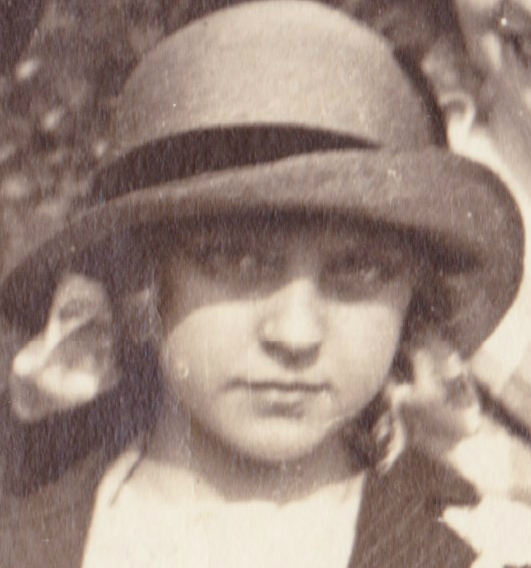Here is the latest collection of reader comments and greatly appreciated assistance solving the Great Mysteries of Life presented here on Papergreat.
Book cover: "Safe Bind, Safe Find" by Garry Hogg: Mom writes: "'Weeded' is the perfect word. Pull out the dead stuff that doesn't circulate, make room for new 'green' books."
Of course, "weed" is just a subjective term we use to refer to, as Wikipedia states, "a plant considered undesirable in a particular situation."
For example, the particular situation of dandelions in the front yard. But I don't sweat the dandelions too much, and I'm not going to put chemicals on my lawn or pay someone else to do that.
1 Besides, the dandelions are good for
the embattled bees, who need all the help they can get.
But I digress. The point is that beauty is in the eye of the beholder. While I agree 100 percent with the necessity of libraries "weeding" books, it seems unfortunate to slap a poor book with such a demeaning label. Why not just a modest-sized "REMOVED FROM COLLECTION" or "WITHDRAWN" stamp? Let the book retain some dignity! Either way, though, we do like the "weeds" here at Papergreat. They're some of the coolest books.
Celebrating Earth Day 2016 with 6 awe-inspiring vintage postcards: Nena Zachary Challenner, commenting on Facebook about the "Bat Flight from Cavern Entrance" postcard, writes: "I've been there and seen that! I was about 6 years old, and I reached up as [the bats] flew over. I almost gave my mother a heart attack."
Questions, answers & mysteries with Hookland's David Southwell (Part 2): Anonymous writes: "This is an excellent interview. My latest interest is the 'hauntological'/folk-horror dramas and books of the 1960s and '70s, and Hookland is one of the most marvellous things I have discovered in aeons. I concur with Ballard when he says that a sense of place is vital. I think I shall have to visit Hookland sometime."
Thanks for the note! It spurred me to look up the
hauntology post on Wikipedia.
"Jim and Judy," a 1939 grade-school textbook with a York connection: Anonymous writes: "This is the book I read in
PS 44, Rockaway, NY, in the 1950s. All these years of seeing Dick and Jane primers, I didn't know if it still existed. What struck me as a child were the beautiful illustrations."
"Oh You Little Darling!" and a 19th century Michigan variety store: Musical Instrument Analyst Joan writes: "So upon closer look, I'm pretty sure that's not a real instrument, because of where the mouthpiece connects relative to where the sound comes out. (Think about it — how would the air ever get to the right side of the picture?)"
Modern postcard: The great stairway in Odessa, Ukraine: Robert McKay writes: "Great stairway! Right to heaven! I was in Odessa 2 years ago in a journey provided by [
Tourist Club]. Great place and I strongly recommend you to visit it. There are a lot of monuments and beautiful things."
(OK, that comment
might have been spam/advertising, but I liked it and decided to include it here.)
Happy 100th birthday, Beverly Cleary! Tom from
Garage Sale Finds writes: "Great tribute to a great author. My first experience with Beverly Cleary was with
Runaway Ralph in 4th grade. I checked it out from the library simply because the cover had a mouse riding a motorcycle. How could you go wrong? I fell into Ralph's world and couldn't put it down. Then I discovered I was actually reading a sequel to
The Mouse and the Motorcycle. Ramona books followed and, despite it being about a girl, I could relate. I read every Ramona book to my daughter when she was little. Happy 100th birthday, Beverly. May your books live on another 100 and more."
Partially deciphering a "Buttonwood Farm" postcard from 1913: Tom also provided some great assistance in deciphering the postmark on this one. I was thinking Duncannon or Duncansville. But I like his guess better:
"Dunns Station." Nice work, Tom! He also adds: "The 'booby' might be 'babby' and be a misspelling of 'baby', especially since someone wrote the 'babbies' later on."
Another comment on this post came from Linda, who learned about Papergreat through a Postcrossing exchange: "It is lovely! Thank you so much for sharing. You have a fascinating and enjoyable blog. Warm greetings from Montreal, Canada."
Four pennies left in their refund envelope for decades*: Mom writes: "Great post! This one made me laugh out loud!"
And Tom adds: "I'm an unabashedly, unashamed penny picker upper. This reminds me of my first job when I worked at a local small-town bank. I worked at the original location that had been built in 1908. Occasionally, I had to go to the basement for supplies and I always extended my trip by snooping around in all the old files. Once I found a box full of the bank's business cards with a penny glued to each one. They were from some kind of 'Earn a penny, save a penny' campaign in the '70s. I took one from my birth year and still have it."
Oberammergau Passion Play (Postcard Blogathon 2013): Stuart Williams writes: "Hi. Your postcard relates to the 1950 Oberammergau Passionspeile."
Thanks! I had been unsure whether this card was from the 1950 production or 1960 production.
Norva Hotel: An in-progress mystery from York, Pennsylvania: JM writes: "I'm guessing that they were proud of innerspring mattresses as a big step up from ones using straw, feathers or horse hair as was common back then."
Footnote
1. And if the neighbors don't like it, that's just too bad.
























